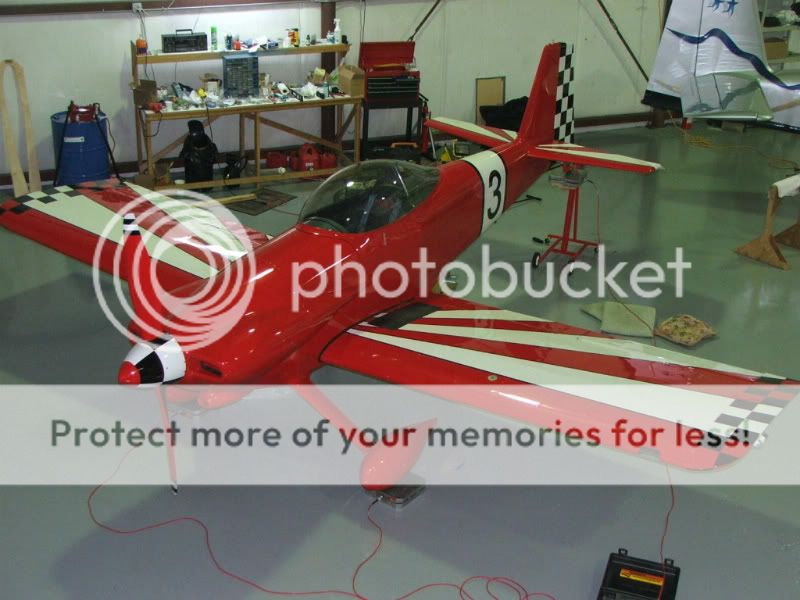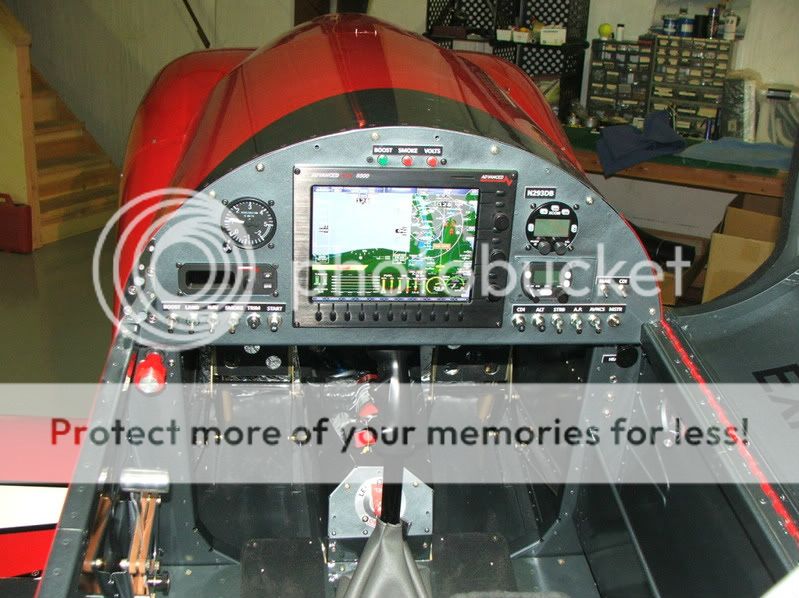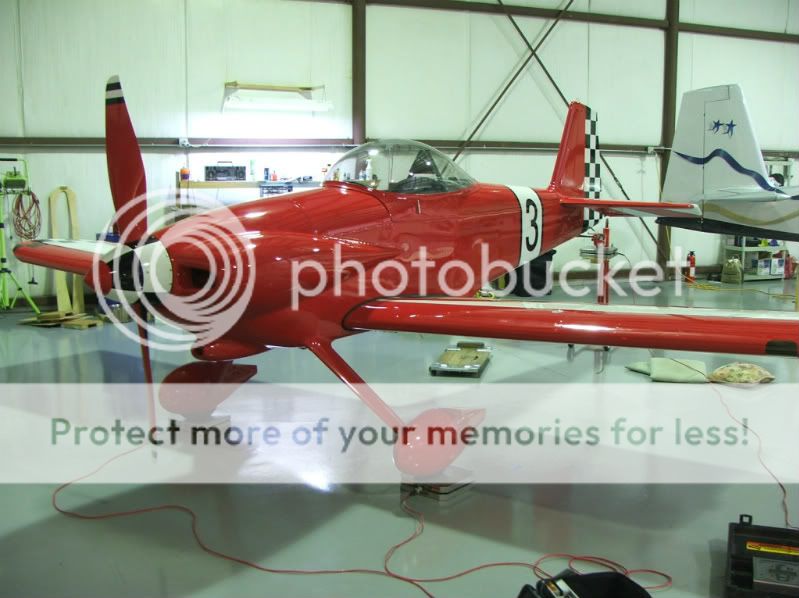Weight & Fuel
Randy Lervold noted on his website (and I have confirmed through
discussion with Van) that you can ignore the weight of the fuel
in calculating the aerobatic weight limit in an RV-3 with wing tanks.
The original RV-3 was designed with a fuselage tank and the
limiting factor for aerobatic weight is the wing spar strength.
By moving the fuel outboard of the point of maximum bending
load (at the wing root), the fuel weight no longer contributes
to the peak spar bending load. Of course the fuel in the wing
tanks does change the distribution of load along the spar, but
Van believes that the limiting factor in the wing design is still
the bending load at the wing root.
Now this begs the question about the appropriate max gross
weight for an RV-3B. I believe that Van sets both the gross
and aerobatic weight limits to the same value of 1100# for RV-3's.
The argument above would suggest that you could increase the
gross weight by 180# (30 gallons of fuel) without exceeding the
aerobatic limit. Mabye so, but that extra weight might cause
trouble with the landing gear, engine mount, or other parts
of the structure that are only sufficient for an 1100#
airplane. It is notable that Van did not set a new gross
weight limit when he re-designed the wing for the RV-3B.
I don't mean to re-ignite the debate about setting gross weights
higher than Van's recommendation, but it is definitely something
to think about for the large majority of builders who end up with
higher empty weights than Van's prototypes. The two-place
builders can always tell themselves that they won't carry
passengers during aerobatics. But for us -3 builders, there isn't
much we can leave behind when we go flying. We either have
to build light, or follow Paul and Louise and go on a diet

.
- Dan Benua
RV-10 Flying,
RV-3B Almost...







